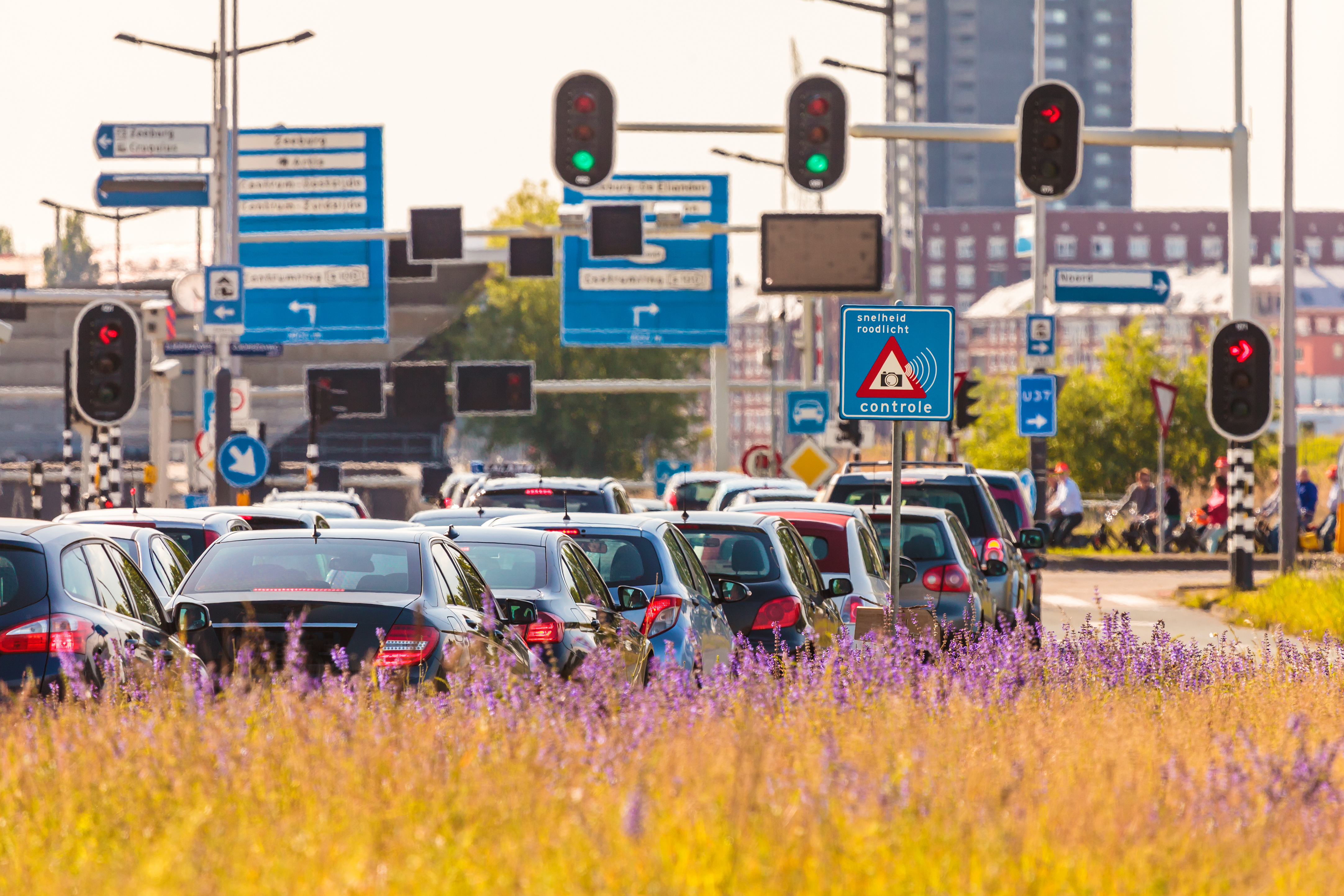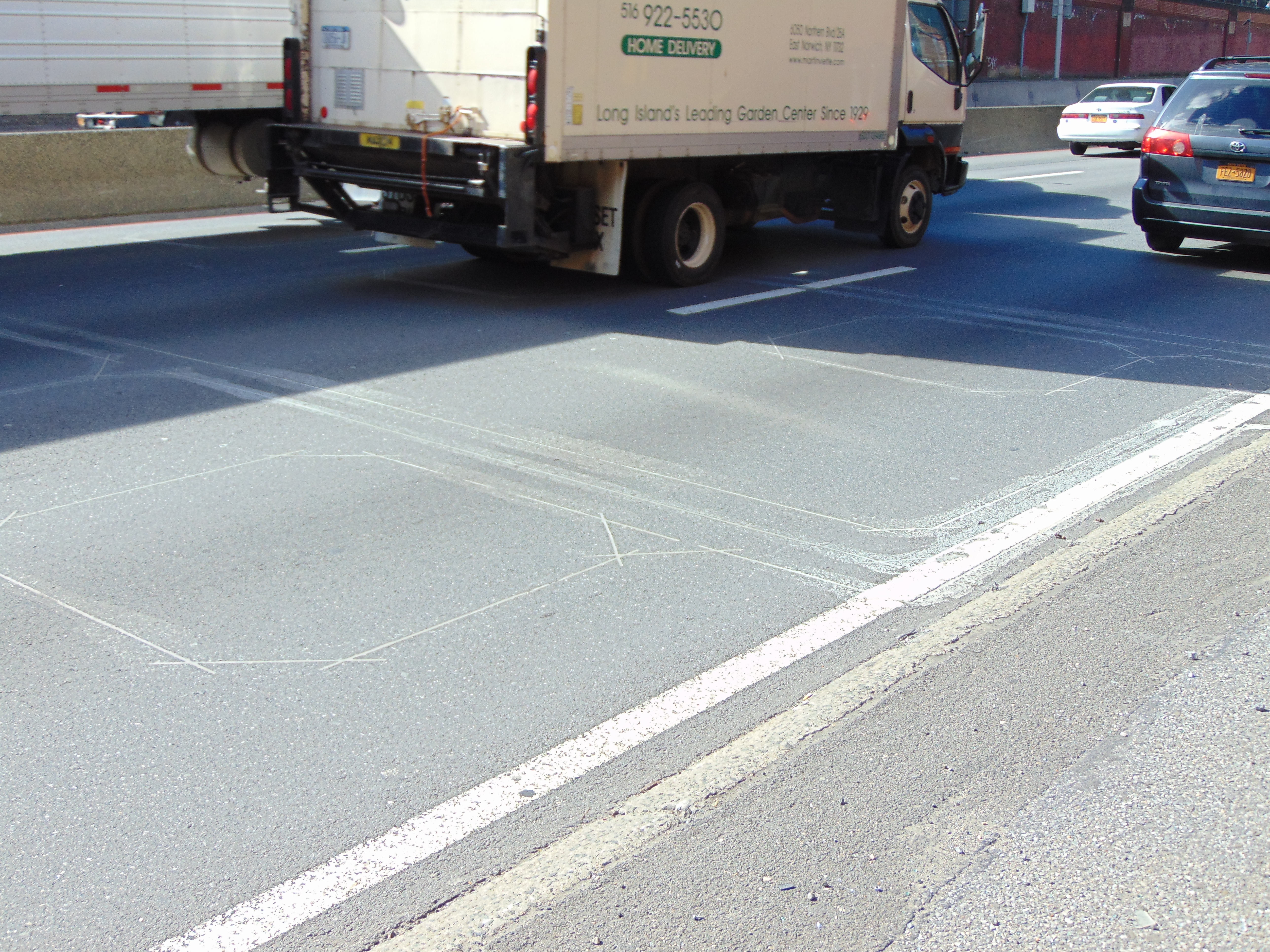
The Netherlands’ Talking Traffic Partnership (
TTP has been under development since the start of 2016 with the principal aims of easing congestion and increasing mobility and road safety. The Dutch authorities have invested around €55m of public money and the market is expected to have stepped-up and to be ready to deliver. That includes working collaboratively to develop joint industry standards as well as launch sets of operational C-ITS applications.
The business case
First to be launched early this summer will be a connected service delivering real-time parking information to users’ smartphones. Over the second half of this year more C-ITS services will be introduced including in-vehicle road signs, speed recommendations and intelligent traffic information. TTP functionalities are divided into six types (see below) and are due to be available by December.
1.In-vehicle signage and speed limits
2.In-car information provision on potentially hazardous situations and road works
3.Prioritisation of groups of traffic participants (public transport, bicycles, ambulances) at signalled junctions
4.Bringing current traffic information in-car and on-bike (time to green, time to red)
5.Optimising traffic flows through signalled junctions
6.Bringing parking information in-car and on-bike
“Every day now has an important deadline as this project builds, because it’s very ambitious, but it’s also very much an equal partnership between all concerned. We’re all sharing in the risk and the potential benefits,” says programme manager, Caspar de Jonge of the Dutch Ministry for Infrastructure & Environment.
If these C-ITS applications are activated across the Netherlands, the predicted annual savings to the Dutch economy have been estimated at around €90m, including the value of all safety, fuel emissions and time-savings. While this is a broad estimate, the business case for TTP is reckoned to be sound as optimising timing of traffic lights alone has been found to reduce waiting times by 30% to 80% and to cut emissions by 5-25%.
The technology
The basic premise of how TTP works is in two-way data exchange to and from smart traffic lights and the Cloud services, and between the Cloud and C-ITS app, using open and interoperable standards, SPaT and MAP.
According to de Jonge, a minimum expectation of TTP is that all regional highway authorities involved, including the national Rijkswaterstaat, will upgrade their signalled road junctions with new intelligent traffic light installations (known as iVRI) over the next few years. This year 1,250 of the 5,500 iVRIs within TTP will be operational, de Jonge says. Ultimately, all urban traffic lights in the Netherlands are expected to be upgraded.
The iVRIs will act as data receivers and transmitters for C-ITS services, and intelligently control traffic light phasing to optimise traffic-flow, but will not contain the crucial C-ITS service software. Traffic data will be relayed from the iVRIs to software held on new cloud services hosted by existing server facilities; from there, the C-ITS services will be transmitted to vehicles’ and cyclists’ smartphone apps. Key to this is an array of servers, one of which TTP has termed Traffic Light Exchange (TLEX) as a central distribution platform.
Data exchange between the iVRIs and users will be provided within defined and geofenced areas around the intersection. Within each geofence, users’ apps will send CAM standard messages to provide the traffic lights with a ‘picture’ of approaching vehicles, taking into account all road users. While geofencing limits the range, as more junctions become fitted with the new technology, the services are expected to become ‘network-wide’ across urban areas.
Most traffic services will be delivered via satnav, smartphones and 4G communications, de Jonge says: “We wanted to avoid being reliant on people having special, dedicated in-vehicle equipment. Many people are now accustomed to using satnav and hands-free smartphones safely. The TTP initiative is taking the next natural step of adding more high quality traffic services.”
C-ITS service providers’ TTP contracts allow them to devise how best to deliver the information (through vocal or visual means on screens) within the bounds of functional specifications relating to ‘safe, understandable and unequivocal rendering of information’. Service providers are free to devise their own business models and most are understood to be either free to use, combined with other paid-for services, or offered through a paid subscription.
Artificial market
The TTP initiative is as innovative in the way it’s been set up as the technology it’s introducing and was spun out of the Netherlands’ wider
TPP has the same three-way partnership, plus the added element of an artificial market with government support. This has been set up for a number of reasons, de Jonge says, to help the private sector get together, to form working relationships and to develop standard approaches and business rules.
“We also wanted to avoid a vertical market dominated by any one group or type of supplier. We needed to encourage choice and to create good competition,” de Jonge says.
A group of suppliers was appointed to TTP through a tender process, then divided into three ‘clusters’: The first consists of traffic signal hardware and software firms. Cloud data service suppliers make up cluster 2 and the third contains ‘end service providers’ – the smartphone and tablet ITS app developers.
While these groups are currently fixed, once services are up and running the partnership will be opened for others that can demonstrate they have value to bring, says de Jonge. Additional data exchange is also going to be organised to link public transport, freight transport and emergency services to TTP services.
“We wanted to deal with a set number of companies for establishing a set number of use cases in a fixed time frame. We specified the time and quality of delivery in terms of latency, reliability, availability, privacy and security,” he says.
Once selected for TTP, the various companies have been left to choose how they work together - although under the oversight of the Dutch ministry - and to find effective relationships with solid business cases. Other technology suppliers are involved as subcontractors – around 10 of them, according to de Jonge. TTP partners remain free to develop other C-ITS services with companies separately from the TTP set-up – as two of the cluster 2 firms are already doing.
It all appears to be a fantastic opportunity for the companies involved, although it is the principal TTP partners that stand to initially benefit the most. Each has committed to invest (collectively around €35m is being injected by the TTP suppliers) but each is also guaranteed a share of an agreed remuneration package, providing they perform. What is more, removing a lot of commercial risk effectively ensures the introduction of C-ITS services.
“Our projections suggest that by 2020 we should be seeing around 2 to 2.5 million people using the services offered just by the companies of TTP, which is an open partnership. It’s intended to encourage others to follow suit with other services,” de Jonge says. “Users of any one of the three main cluster 3 suppliers will get the full array of that supplier’s services of route information, speed advice for optimum journey time and others. We’re seeing some interesting different combinations.”
Contractually, delivery of all six use cases within the agreed time frame is obligatory, but that doesn’t guarantee all of the apps will be up and running on time. So what makes de Jonge so confident that examples of all six will be in use before the year ends? “We’re keeping a close watch on progress, meeting with all of the companies every two weeks. It will be tight and we’re not there yet, but private entities are making very good progress and are on schedule thus far,” he says.
“The main planning risk at the moment lies with local authorities, who need to order and complete their traffic light installations on time. That is being managed so far, but it’s a large and diverse group of 12 regional authorities, 50-60 cities and three traffic authorities,” de Jonge adds.
Data flow
For the system to work requires a two-way data exchange between cluster 1 and 2 companies (to/from traffic lights and the Cloud) and between clusters 2 and 3 companies (Cloud to C-ITS app). “This is a whole new ITS architecture designed to ensure no vendor lock-in at any part in the chain and meaning all have to combine with the TLEX cloud servers; in time creating a very rich flow of low latency data,” says de Jonge.
The set-up also promises to get around another common problem: authorities not making data available in a coherent or consistent manner. This is according to the Dutch government’s Call for Innovation Partnerships published last year, which predicted an open two-way exchange of data will give authorities an ‘exit strategy’ from the burden of collecting and managing traffic data as this role gradually transfers to the private sector.
This assumes that local government wants to relinquish this responsibility. De Jonge says: “We’re already seeing that local and regional authorities have reached their maximum capability of producing data from their internal traffic management processes. The transition of this to private sector suppliers will continue and broaden over the next few years. Induction loops, for instance, will be eventually phased out and replaced by privately sourced floating car data.”
Monitoring of data quality is a precondition on the TTP suppliers. According to de Jonge this means cluster 2 parties will report on the quality and availability of public data every week: “Within the private value chain, they will also monitor the data they receive and deliver to each other. The ministry will be monitoring the anonymised data traces per use case, per geo-fenced area and for every event through its own evaluation processes, so we’re confident we can keep tabs on the data sources and intervene appropriately if necessary.
“The companies of TTP have been given freedoms to develop services, but the arrangement is not unlimited. They have to come up with safe, workable propositions within the contract stipulations and boundaries.”
Talking Traffic Partnership – the suppliers
Cluster 1:
Vialis, Dynniq, Swarco, Sweco, Ko Hartog Verkeerstechniek, Royal HaskoningDHV, Ziut,
Cluster 2:
Be-Mobile, KPN, Fortgang (Siemens-Ericsson)
Cluster 3:
Flitsmeister, MTVNL-ARS, Locatienet












